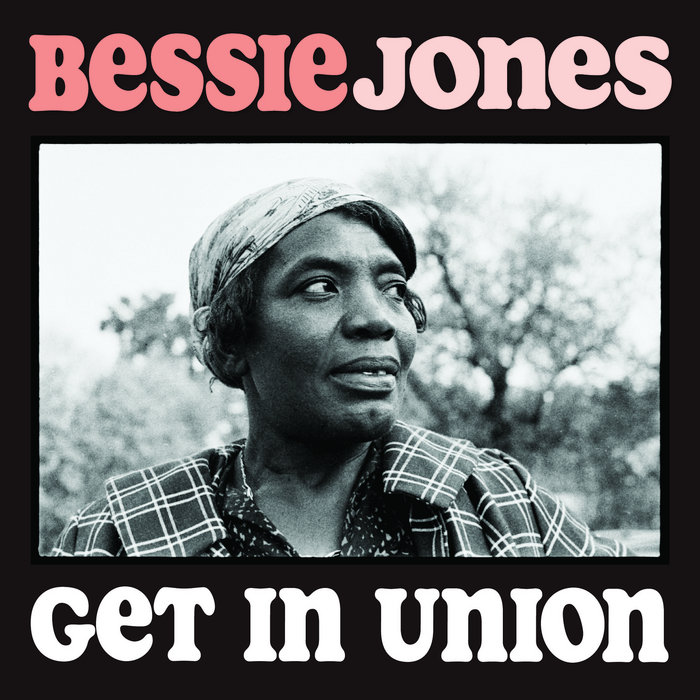
La sovenença – Cocanha
this blog is GROOVY – check out great Soul, Funk, Jazz, Hip Hop, Bass, Breaks , Reggae, House n many more TUNES
Traditional music, a tapestry woven with centuries of stories, emotions, and cultural identity, is more than just a genre; it’s a living, breathing reflection of humanity’s collective soul. Let’s take a groovy journey through its rich history, uncovering some funky facts along the way.
From the Beginning:
A Global Tapestry:
The Funky Facts:
The Legacy of Traditional Music:
Traditional music is more than just ancient melodies and instruments. It’s a living, breathing force that continues to influence music across the globe. From the influence of blues and folk on rock and roll to the global appeal of world music, traditional music has a deep and lasting impact on our musical landscape.
So next time you hear a haunting Irish fiddle tune or a rhythmic African drumbeat, remember: you’re listening to a legacy that spans centuries, a story told through music, and a reminder of the enduring power of tradition.

La sovenença – Cocanha

Sometimes – Bessie Jones and the Georgia Sea Island Singers

Fourmi / Bourrée Courte – Super Parquet